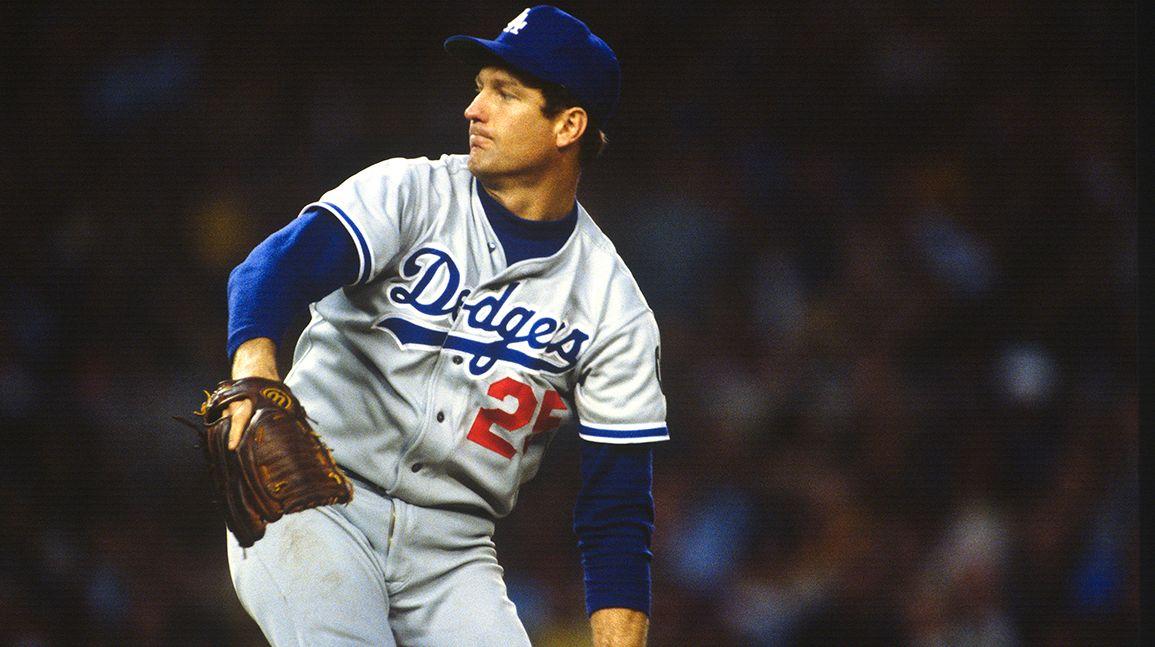LOS ANGELES (AP) – Left-hander Tommy John of the Los Angeles Dodgers was relieved in the third inning of a game against Montreal Wednesday night after apparently pulling a muscle in the area of the elbow of his pitching arm.
That was the lead sentence of John Hurt's Associated Press story 50 years today, when Tommy John was injured July 17, 1974.
Two months later, Dodgers doctor Frank Jobe performed the now-famous "Tommy John surgery," when he took a seven-inch piece of tendon from John's right wrist and used it to reconstruct the ruptured ligament in his left arm by winding the tendon through the ligament and reattaching it to his elbow.

At the time, it was conceivable that the career of 31-year-old John, who was the best pitcher in baseball by record when he got hurt (13-3), would be over. Jobe put the odds on a John comeback at the time at around 1%.
Instead, John's career lasted another 14 years, and he finished seventh all time in career starts (700), with 57 percent of those starts coming after the surgery. He won 56 percent of his starts after surgery versus 54 percent of his starts before.
So, why isn't Tommy John, whose name is now connected to the most famous surgery in sports, more collectible?
His rookie card, in the 1964 Topps set, in a PSA 8 sells for less than $200. His autograph is $10.
A cursory look at John's stats have him at a .555 win percentage in his 26-year career (288-231), but dig deeper, and his story is so much more remarkable.
John returned after missing the 1975 season, won 80 games in the next five years and was runner-up twice for the Cy Young. Only four pitchers won more over that time span: Steve Carlton (101), Jim Palmer (89), Phil Niekro (88) and J.R. Richard (84). For context, Tom Seaver won 77 and Nolan Ryan won 73 from 1976-80.
The easy answer on collectibility seems to be John is not in the Hall of Fame. But keep in mind, he was only 12 wins away from 300, and the only pitcher who won 300 who is not in the Hall of Fame is Roger Clemens.

Bert Blyleven, who had one fewer career win and 19 more career losses, was inducted into Cooperstown in 2011 after getting more than 75 percent of the writers' votes. From 1995 through 2009, John never received more than 32 percent approval in a single ballot year.
And the thing about John is he should have more wins.
Of his 700 starts, he pitched in 173 that are statistically considered "quality" in which he did not earn a win, according to baseball stat guru Ryan Spaeder. Since the turn of the 19th century, Spaeder says John had more quality starts without a win than Steve Carlton, Jim Kaat, Randy Johnson and Jim Bunning. John also had 33 complete game losses.
John's story is remarkable. It's time, 50 years after his injury and surgery that changed the pro athlete world, that the market gave him some more respect.
Darren Rovell is the founder of cllct.com and one of the country's leading reporters on the collectibles market. He previously worked for ESPN, CNBC and The Action Network.

